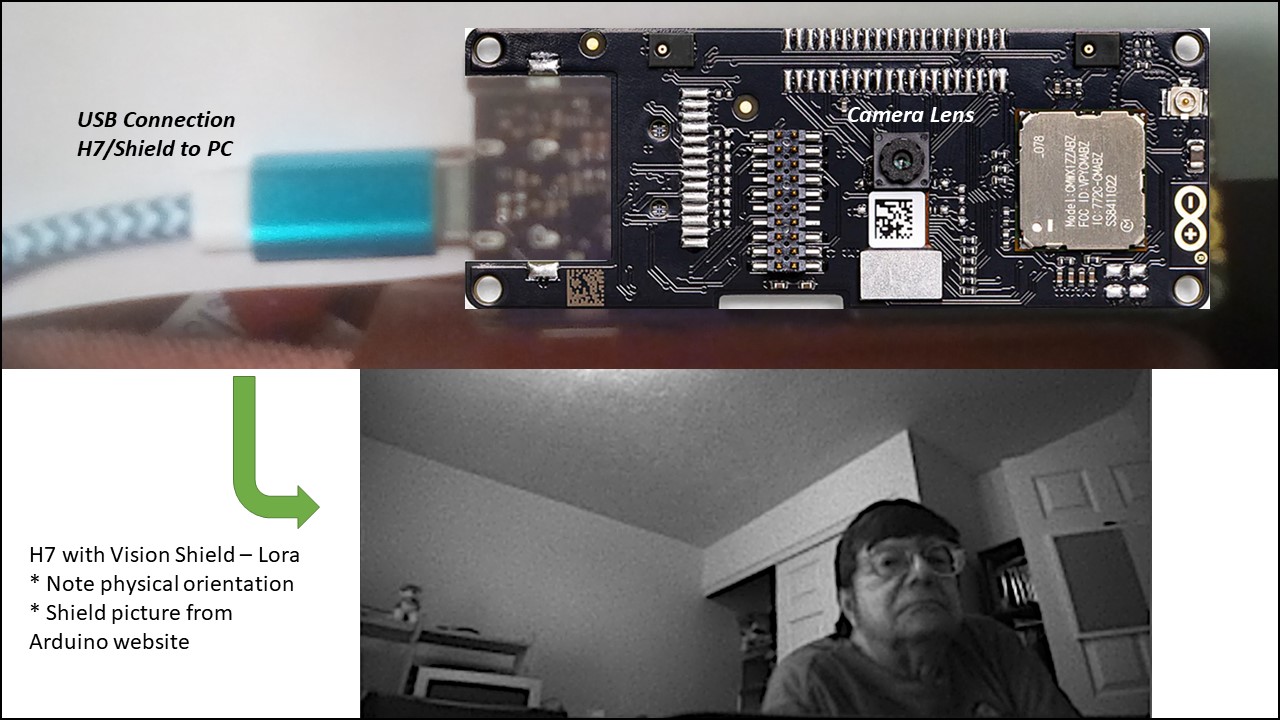
Overview
The kit includes three antennas:
- 2x cellular antennas suitable for 4G/3G/2G applications
- 1x active GNSS L1 ceramic antenna suitable for geolocalization and asset tracking applications
Cellular Antennas
Thanks to the integrated cable and connector, they are engineered to be easily mounted on the 4G Modules guaranteeing ground plane independence. In addition to 4G/LTE applications, they also support worldwide 3G/2G frequency bands, ideal for a wide range of IoT use projects.
GNSS Antenna
The antenna features an integrated LNA boasting a 16 dB gain, making it suitable for applications such as fleet management, navigation, RTK, and various asset tracking purposes. It is designed to be compatible with Arduino Pro 4G Module GNSS L1 radio technology.
List of Compatible Boards
This 4G Module Antennas kit is compatible with:
Tech specs
| Cellular Antennas | GNSS Antenna | |
| Frequency Bands (MHz) | 698–960, 1700–2700 | 1575–1602 |
| Technology | LTE (4G) | GNSS L1 (active) |
| Cable Length | 150 | 95 |
| Connector Type | IPEX I | IPEX MHF I |
| Mounting Type | Adhesive | Buckle |
| Dimensions (mm) | 96 x 21 | 15 x 15 x 6.2 |
Get Inspired

Begins a process of combining Portenta H7 with Vision Shield – LoRa by acquiring, sending, and displaying a camera image via USB/Serial connection.

Jeremy Ellis is a teacher, and as such, wanted a longer-term project that his students could do to learn more about microcontrollers and computer vision/machine learning, and what better way is there than a self-driving car. His idea was to take an off-the-shelf RC car which uses DC motors, add an Arduino Portenta H7 as the MCU, and train a model to recognize target objects that it should follow. After selecting the “RC Pro Shredder” as the platform, Ellis implemented a VNH5019 Motor Driver Carrier, a servo motor to steer, and a Portenta H7 + Vision Shield along with a 1.5” OLED module. After 3D printing a small custom frame to hold the components in the correct orientation, nearly 300 images were collected of double-ringed markers on the floor. These samples were then uploaded to Edge Impulse and labeled with bounding boxes before a FOMO-based object detection model was trained. Rather than creating a sketch from scratch, the Portenta community had already developed one that grabs new images, performs inferencing, and then steers the car’s servo accordingly while optionally displaying the processed image on the OLED screen. With some minor testing and adjustments, Ellis and his class had built a total of four autonomous cars that could drive all on their own by following a series of markers on the ground. For more details on the project, check out Ellis' Edge Impulse tutorial here.





